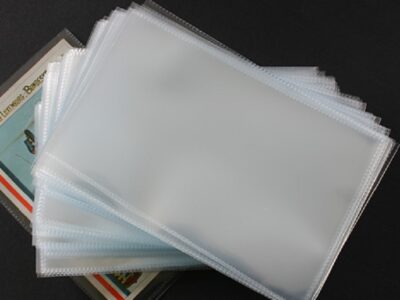
Taking on a smaller retail space, whether as a preference or a necessity, can be a challenge. There are numerous compromises that a retailer must make to ensure that their storefront represents their brand authentically, while also being able to host essential retail furniture and stock. Accommodations might also be necessary to allow for appropriate distance between shoppers and employees alike, a consideration increasingly relevant in modern society.
While a retail space and its floorplan are finite, the perception of its capacity, as well as its potential, are dependent on retail design. With the right approach, tools, and furniture, small spaces can be optimised and made brilliant, allowing businesses to not only operate well under the limitations but also to thrive. Here’s how that can happen.
All Dimensions
The space of your store may only be restricted by a single dimension, meaning that another can be explored. For example, for shops that have little floor space, their verticality might be worth exploring. By designing upward, whether through aesthetics or practical elements like shop shelving, stores can easily become both accommodating and quirky. The stylish trope is common among stereotypes of bookstores, often pictured in quirky spaces due to their slow and low revenue, building upwards with tall shelving that requires ladders to explore. However, it is one that can (and more often is) adopted elsewhere in other industries too.
Even if such a direction is not practical for your design, it should not deter you from expanding your store in any way possible. Both colour and lighting can be added to a store’s open space, accentuating its room and drawing customer attention into different dimensions.
Colour Choice
The colour of your store has a significant impact on ambience and spatial perception. Bold colours, while often celebrated by attention-seeking branding, is not as effective inside shop spaces. This means those businesses with bright red logos should hesitate before transferring the same colour scheme to their shop, especially if the space is limited.
Neutral tones and pastel colours are excellent for aiding a sense of space. In addition to making a room seem larger, they also enable products and displays to garner more attention with the aid of standoffs and mounts. Then, against this calming backdrop, more lurid brand colours can be introduced without compromising a beneficial store design.
Light and Mirrors
A darker store aesthetic might work for well-known clothing brands but for smaller stores, it’s more complicated. Light, especially natural light, is an incredibly effective way to open up the space within a retail store and help it to feel larger. While it might seem as easy as keeping windows and doorway unobstructed, there are additional considerations too. Assets, such as freestanding shelving and counters can restrict potential light flow throughout a shop, while mirrors and clean surfaces can actually complement natural light, exacerbating the effect it has upon a room.
Be sure to find a balance between encouraging light to illuminate open spaces within your store and having it highlight and direct attention to certain products and displays. You may be inclined to place the focus upon special products or to support browsing but, especially within smaller retailer spaces, these as less important and, instead, space should take priority.











